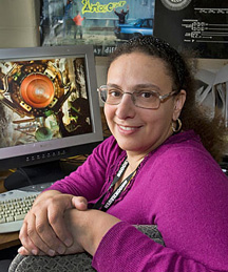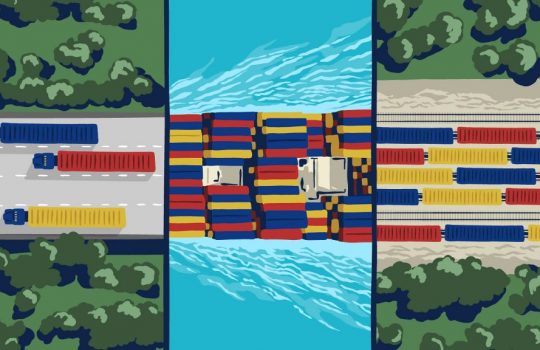This summer, particle physicists will prioritize projects for the field’s future
From APS News, March 16, 2023: The much anticipated P5 report will be out later this year. In the meantime, the 30-members of the P5 panel are gathering information at town hall meetings this summer. This input will be added to the new information gathered at Snowmass 2022 for the first time that includes more early career researcher involvement and improved conversations about equity and inclusion.


